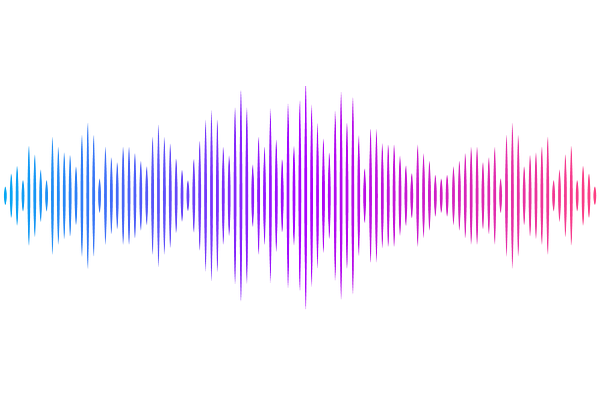Comparison of musculoskeletal robot biomechanical properties to human participants using motion study

Comparison of musculoskeletal robot biomechanical properties to human participants using motion study
Sander, I.; Sander, A.; Stebbins, J.; Carr, A. J.; Mouthuy, P.-A.
AbstractAdvanced robotic systems that replicate musculoskeletal structure and function have significant potential for a wide range of applications. Although they are proposed to be better platforms for biomedical applications, little is known about how well current musculoskeletal humanoid systems mimic the motion and force profiles of humans. This is particularly relevant to the field of tendon tissue engineering, where engineered grafts require advanced bioreactor systems that accurately replicate the kinetic and kinematic profiles experienced by the humans in vivo. A motion study was conducted comparing the kinetic and kinematic profiles produced by a musculoskeletal humanoid robot shoulder to a group of human participants completing abduction/adduction tasks. Results from the study indicate that the humanoid arm can be programed to either replicate the kinematic profile or the kinetic profile of human participants during task completion, but not both simultaneously. This study supports the use of humanoid robots for applications such as tissue engineering and highlights suggestions to further enhance the physiologic relevance of musculoskeletal humanoid robotic platforms.